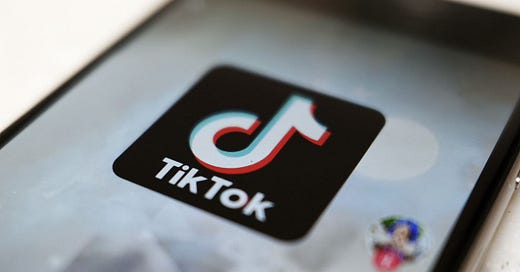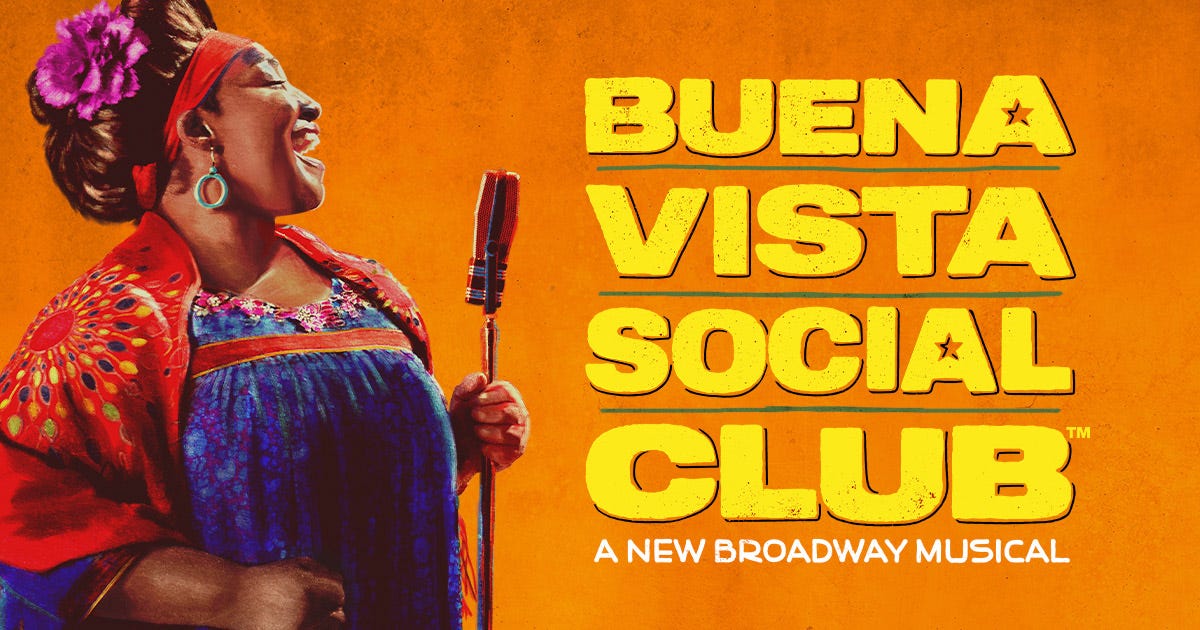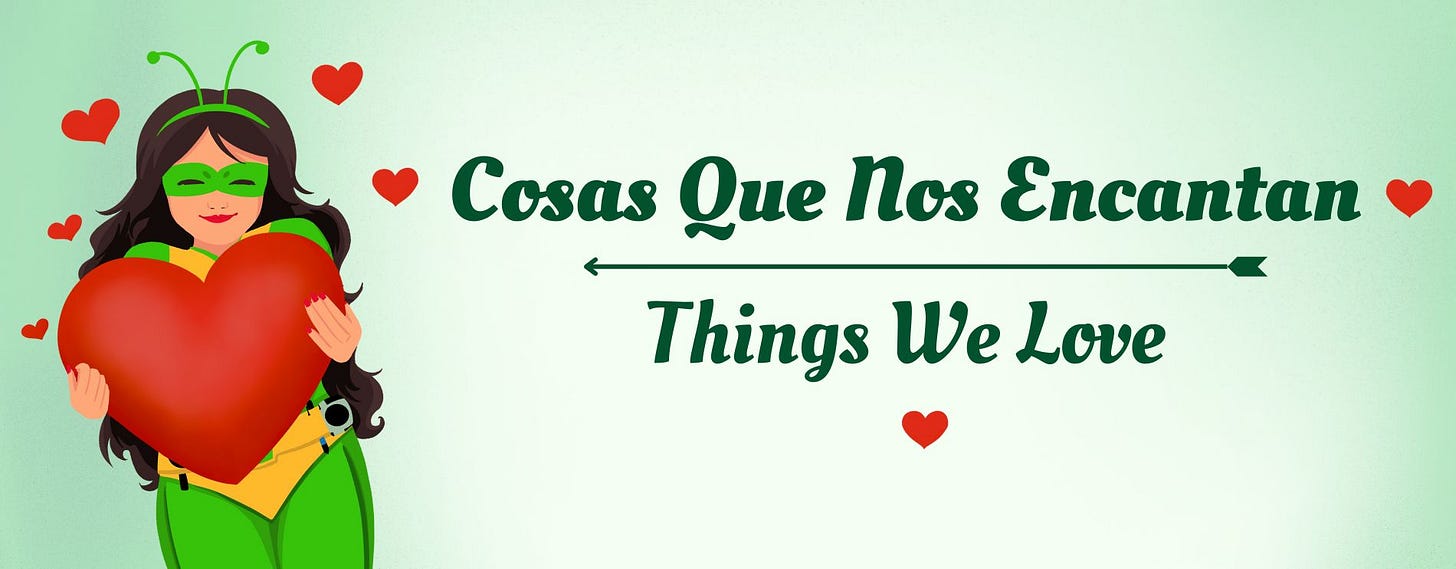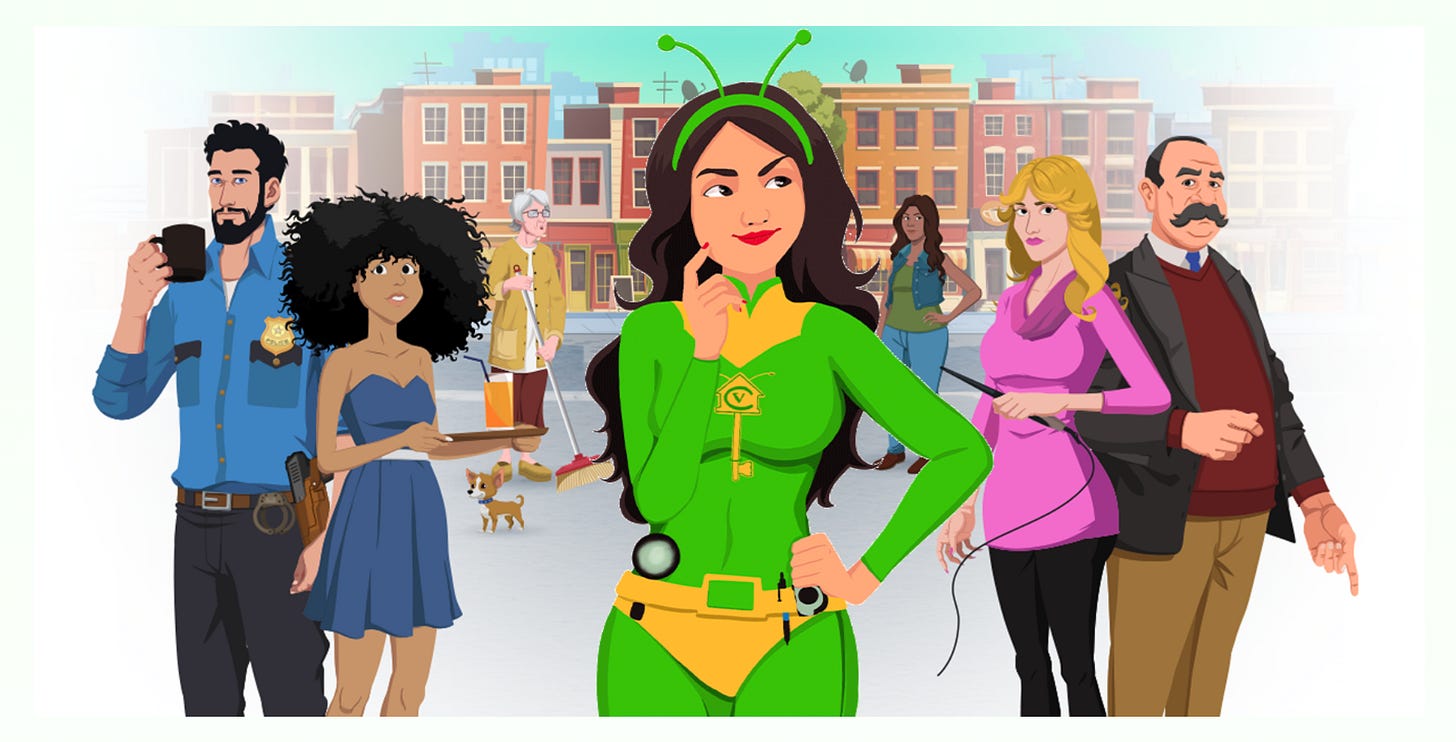Caught on TikTok: Fake News in Spanish, Hispanic Travelers = $$$, Cuba to Broadway: Buena Vista Social Club
News from the Hispanic World in One Click
Welcome! La Chapulina Verde is bilingual. Every article is available in English and Spanish. Enjoy reading in your preferred language. Keep up to date and follow us on our social networks! Instagram, Threads, Facebook, and YouTube.
TikTok Trickery: Fake News Networks Target Hispanics
A group of nearly 40 TikTok accounts in Spanish spread false news about immigration in the United States. These accounts shared videos with fake information, such as saying green card holders (people allowed to live and work in the U.S. permanently) could no longer leave and come back to the country. That rumor reached over 21 million views on TikTok before it was removed.
Some of these accounts pretended to be real news channels, like Telemundo and Univision, by using their logos and even faking the voices of real news reporters. They used artificial intelligence (AI) to copy the voices of reporters, making it seem like the news was real. One video used the voice of a former Telemundo anchor, María Celeste Arrarás, to say that Donald Trump was going to help undocumented immigrants get legal status. Arrarás later told people on Instagram that the video was fake and warned everyone not to believe it.
These TikTok videos were hard to catch at first because the accounts used names that sounded like news stations and focused on topics that go viral, like immigration and Donald Trump. Alexios Mantzarlis, who works at Cornell University and tracks false news, started following these accounts after seeing a video falsely saying that stores would ask for ID to buy groceries. He found out that these videos were aimed at scaring undocumented immigrants.
After NBC News asked TikTok about these videos, TikTok deleted them and shut down the 38 fake accounts. A TikTok spokesperson said they are working hard to stop fake content, especially in Spanish. They use special technology, reports from users, and help from fact-checkers to find and remove misleading posts. Still, it’s hard to keep up. Every time one fake account is removed, more seem to appear.
Many immigrants trust videos on social media because it’s their main source of news. This makes it easier for fake stories to spread and cause panic. Some people believe the videos and share them with friends and family, thinking the information is helpful.
Sometimes, these fake videos are tied to real news events, like when green card holders joined pro-Palestinian protests and later had problems returning to the U.S. That makes the false stories seem more believable. Some videos even told people that signing a certain government form would take away their green card, causing even more confusion.
Experts are not sure if these fake videos are made for political reasons or to prepare for scams. In some cases, people who believe these videos later get targeted by scams trying to steal money.
In the end, even though TikTok is trying to stop this kind of content, it's still a big problem. Spanish-speaking immigrants are more likely to use TikTok for news, which makes them more at risk for false information spreading quickly and causing fear.
How Hispanics Are Boosting the U.S. Travel Industry
Hispanic people in the United States love to travel, and they’re spending a lot of money doing it. A study shows that wealthier Hispanic travelers spend about $4,000 on trips inside the U.S. and around $6,000 when traveling to other countries. But it’s not just rich families. Even those with middle or lower incomes still make travel a priority and take more trips than non-Hispanics. They look for good deals and try to make the most of their money.
This matters because Hispanic travelers are expected to add about $165 billion to the U.S. travel economy in 2025. A big reason they travel is to visit family. Around 61% say family visits are their main reason for going on trips, and about 74% travel with extended family, like grandparents, aunts, and uncles. That’s much higher than non-Hispanic travelers.
Popular places they visit include Las Vegas, Myrtle Beach, Austin, and Phoenix. Also, many who speak Spanish as their main language choose to travel to Latin America. In fact, they do this five times more often than other U.S. travelers.
Social media plays a huge part in how Hispanic travelers plan their trips. Over half use social media to help them decide where to go and what to do, and many follow travel influencers for ideas and tips.
Because of all this, companies that want to connect with Hispanic travelers should focus on family-friendly messages. They should also work with influencers and give people flexible ways to pay for their trips, like installment plans. Since many Hispanic travelers save up for travel, making it easier to pay over time can help a lot.
30 Years Later, Selena’s Voice Still Echoes.
It has been 30 years since Selena Quintanilla, the famous Mexican American singer, was killed. She was only 23 years old when Yolanda Saldívar, the president of her fan club, shot her. Recently, many fans were relieved when the Texas parole board decided that Saldívar would not be released from prison.
Selena’s fans reacted strongly to the news. Some posted thank-you messages online, wore Selena shirts, and listened to her music again. For many people, Selena’s death was more than a crime. It felt like a loss for the whole Latino community.
In Corpus Christi, Texas, where Selena was from, fans are preparing for the anniversary of her death. Her statue has been cleaned and flowers were placed at a mural. A museum in the city continues to welcome visitors. In Dallas, people held a yearly event called 214Selena to celebrate her life and music.
Selena became famous in the 1990s for her music and style. She won a Grammy in 1994 and became a big star in both English and Spanish music. After her death, the 1997 movie Selena, starring Jennifer Lopez, introduced her story to new fans. People of all ages continue to connect with her.
Even now, Selena is one of the top Latin female artists on the music charts every year. Her fans feel that what happened to her was deeply unfair, and many believe Saldívar should stay in prison forever.
Selena’s family thanked fans for their love and said they will keep honoring her life, her music, and the joy she brought to so many people.
From Havana to Broadway: The Story of Buena Vista Social Club.
The Buena Vista Social Club musical takes audiences on a trip through time, back to the streets of 1950s Cuba, filled with rhythm, color, and soul. It tells the story of a group of Cuban musicians who came together in 1996 to record an album that would bring the sounds of old Havana to the world. That album became a global hit and made traditional Cuban music feel alive again.
The Broadway show brings this moment to life, showing how the album was created while also flashing back to when the musicians were young, playing in smoky clubs and dreaming big. Omara Portuondo, one of the original singers, is the heart of the musical. Even now, at her age, she says she will never stop singing. Her story is told with love, showing her hopes, her music, and her bond with her sister.
Omara and her fellow musicians Barbarito Torres and Amadito Valdés say they never imagined their music would still be touching hearts nearly 30 years later. The songs they played weren’t just notes and lyrics — they were memories, culture, and pride.
In the show, the audience even gets a small songbook, a keepsake filled with the songs that once filled Cuban dance halls. One of the favorites, "El Cuarto de Tula," is a lively tune full of energy. Torres shared how he helped give the song a fresh start, and it became famous all over again.
The original Buena Vista Social Club album was recorded in just six days in Havana. It won a Grammy and later became a film. Now, with the musical, their story continues reaching new fans and reminding older ones of the music that once played in their childhood homes.
It’s more than a show. It’s a love letter to Cuba’s past, filled with joy, sadness, and the timeless magic of music that refuses to fade.
From Puerto Rico With Love: Small Shops, Big Vibes
Bad Bunny’s music has everyone feeling proud of Puerto Rico, even if they’re not from there. His latest album, DeBÍ TiRAR MáS FOToS, makes people want to support the island and its culture. One great way to show love is by supporting small businesses that are founded and based in Puerto Rico.
Here are seven awesome Puerto Rican businesses you can support:
Libros787
This online bookstore focuses on books by Latino authors, especially Puerto Rican writers. They sell all kinds of books—history, art, photography, magazines, and even academic journals.Muns
Sisters Bianca and Paola Muns created this fashion and jewelry brand inspired by the beauty of Puerto Rico. Their clothes are made from 100% linen, and their jewelry is made from recycled metals. Stop by their store on Calle Luna in Old San JuanSelenia
This nail care brand was started by Regina Bultrón Bengoa and is named after her grandmother. It’s an Afro-Boricua brand that makes non-toxic nail polish and treatments. They even let you create your own polish at their studio in Calle Loíza, San Juan.Flama
Flama means "flame" in English. This candle brand was created by Patricia Pérez Mejía when she needed a fresh start. Now, her vegan soy wax candles come in fun colors, yummy scents, and sayings full of Boricua spirit.Studio Ural
This jewelry brand is inspired by vintage Caribbean life and the founder’s Cuban grandmother. Their latest collection, “Reja Criolla,” is based on the metal gates found on Puerto Rican houses in the 70s and 80s.Barras
This bodycare brand started in the founder’s grandmother’s kitchen. Now they make 10,000 natural soap bars each month. Their new collection includes a soap for every zodiac sign!RCR Creative
Founded in Ponce, this cute shop sells waterproof stickers, keychains, and other accessories with fun designs and Boricua pride. Think flowers, pastel colors, and sweet sayings like “Lo Estás Haciendo Bien.”










